Home>Home Appliances>Laundry Appliances>Where Is The Washing Machine Filter
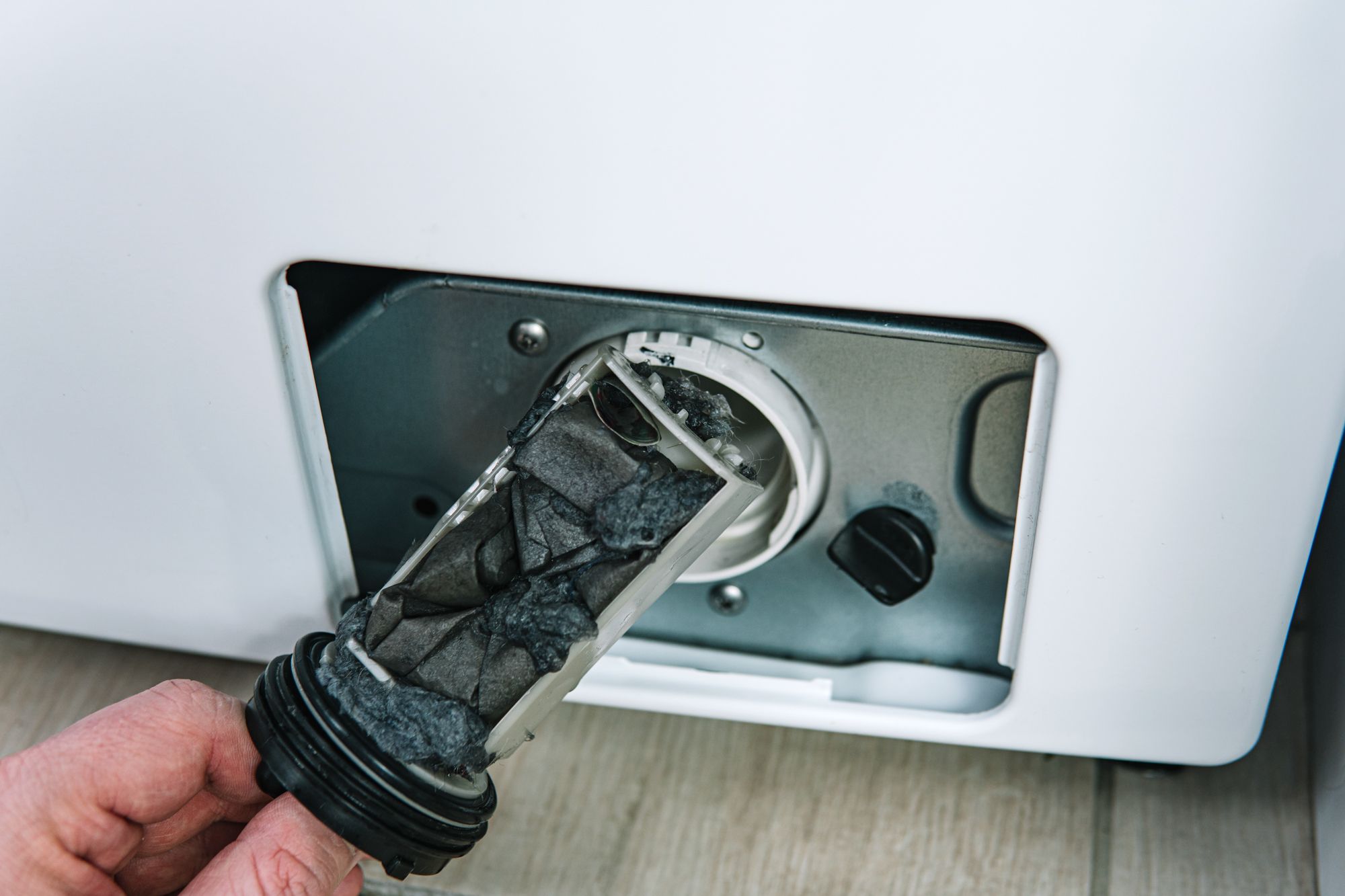

Laundry Appliances
Where Is The Washing Machine Filter
Modified: March 2, 2024
Learn about the importance of washing machine filters and how to locate and clean them. Keep your laundry appliances running smoothly.
(Many of the links in this article redirect to a specific reviewed product. Your purchase of these products through affiliate links helps to generate commission for Storables.com, at no extra cost. Learn more)
Introduction
The washing machine is an indispensable appliance in modern households, simplifying the daunting task of laundry. However, many users are unaware of a crucial component within the machine that plays a pivotal role in its performance – the washing machine filter. This often overlooked yet essential part is responsible for trapping lint, debris, and other particles that would otherwise clog the machine and affect its efficiency.
Understanding the significance of the washing machine filter is vital for ensuring the appliance's longevity and optimal functionality. In this article, we will delve into the importance of the washing machine filter, signs indicating a clogged filter, methods to locate it within the machine, and the best practices for cleaning and maintaining it. By gaining insights into these aspects, you can effectively safeguard your washing machine from potential issues and prolong its lifespan.
Let's embark on a journey to unravel the mysteries of the washing machine filter and equip ourselves with the knowledge needed to keep our laundry appliances running smoothly.
Key Takeaways:
- Don’t overlook the washing machine filter! It catches lint and debris to keep your machine running smoothly. Regular cleaning prevents clogs, odors, and inefficient washing.
- If your washing machine drains slowly or makes strange noises, it might be the filter. Check the user manual to locate and clean it every 1-3 months for optimal performance.
Importance of Washing Machine Filter
The washing machine filter is a small yet crucial component that plays a significant role in the efficient functioning of the appliance. Its primary purpose is to capture lint, debris, hair, and other particles that are released from the clothes during the washing process. Without this filter, these particles would circulate freely within the machine, leading to potential blockages in the drainage system, clogging of the pump, and even damage to the machine's components.
By trapping these particles, the washing machine filter prevents them from entering and obstructing the drainage pump or the plumbing system. This not only ensures the smooth flow of water during the washing and rinsing cycles but also contributes to the overall cleanliness of the clothes. A properly functioning filter helps to maintain the quality of the wash by preventing lint and other residues from redepositing onto the clothes, thereby preserving their appearance and texture.
Moreover, the presence of a clean and unclogged filter can significantly enhance the efficiency of the washing machine. When the filter is free from debris, the machine can operate at its optimal capacity, leading to better water drainage, improved washing performance, and reduced strain on the motor and other internal components. This, in turn, contributes to energy savings and prolongs the lifespan of the appliance.
In essence, the washing machine filter acts as a guardian, shielding the appliance from potential damage and ensuring that it operates smoothly and effectively. Recognizing the importance of this often overlooked component is crucial for maintaining the overall functionality and longevity of the washing machine. Regular inspection and maintenance of the filter can go a long way in preventing issues and preserving the appliance's performance over time.
Signs of a Clogged Washing Machine Filter
Recognizing the signs of a clogged washing machine filter is essential for maintaining the appliance's efficiency and preventing potential issues. Here are the key indicators that may signal a clogged washing machine filter:
-
Slow Water Drainage: One of the most noticeable signs of a clogged filter is slow water drainage from the washing machine. If you observe that the water is taking longer than usual to drain from the drum, it could indicate a blockage in the filter. This sluggish drainage may result in standing water in the drum at the end of the cycle, affecting the overall washing performance.
-
Visible Debris on Clothes: Another telltale sign of a clogged filter is the presence of visible debris or lint on the clothes after a wash cycle. When the filter is obstructed, it fails to trap these particles effectively, leading to their redeposition on the clothes. If you notice an increase in lint or debris on the laundry despite using the same detergent and washing settings, it may indicate a clogged filter.
-
Unusual Noises During Operation: A clogged filter can cause the washing machine to produce unusual noises during operation, particularly during the draining phase. If you hear gurgling or grinding sounds emanating from the machine, it could be a result of the water struggling to pass through the obstructed filter. These noises may indicate that the filter requires attention and cleaning.
-
Foul Odors: A clogged washing machine filter can contribute to the development of foul odors within the appliance. The accumulation of trapped debris and lint, combined with moisture, creates an environment conducive to the growth of mold and mildew. As a result, the washing machine may emit unpleasant odors, especially when the door is opened after a wash cycle.
-
Inefficient Washing Performance: When the filter is clogged, the washing machine's overall performance may be compromised. Clothes may not be cleaned as effectively, and the rinsing process may be inadequate due to the restricted water flow caused by the clogged filter. This can result in detergent residue remaining on the clothes and an overall decline in the quality of the wash.
By being attentive to these signs, you can promptly address a clogged washing machine filter, ensuring that the appliance continues to operate at its best. Regular inspection and maintenance of the filter can help mitigate these issues and uphold the washing machine's performance.
How to Locate the Washing Machine Filter
Locating the washing machine filter is essential for proper maintenance and upkeep of the appliance. While the exact placement of the filter may vary depending on the make and model of the washing machine, there are several common locations where the filter can typically be found.
-
User Manual: The first step in locating the washing machine filter is to refer to the user manual provided by the manufacturer. The user manual often contains detailed information about the specific model's components and maintenance procedures, including the location of the filter. It is advisable to consult the manual to understand the unique features and design of your washing machine.
-
Front or Top Loaders: For front-loading washing machines, the filter is commonly located behind the lower front panel. To access the filter, the lower panel may need to be removed, typically by unscrewing it or releasing clips. On the other hand, top-loading washing machines may have the filter located near the agitator or within the agitator itself. In some models, the filter may be accessed by lifting or removing the agitator.
-
Drain Pump Area: In many washing machines, the filter is positioned near the drain pump. This area can usually be accessed by removing the lower front panel or rear panel of the machine. The filter may be integrated into the pump assembly or located adjacent to it. It is important to exercise caution and follow safety guidelines when accessing the drain pump area.
-
Inside the Drum: Some washing machines have the filter located inside the drum, often near the bottom. In such cases, the filter may be concealed behind a small door or panel within the drum. This design allows for convenient access to the filter without the need to remove external panels.
-
Removable Lint Trap: Certain washing machines are equipped with a removable lint trap that serves as the filter. This type of filter is typically located near the top of the agitator or within the drum. The lint trap can be easily removed for cleaning and maintenance.
It is important to approach the task of locating the washing machine filter with care and attention to safety guidelines. If you encounter any challenges or uncertainties during the process, it is advisable to seek assistance from a professional or the manufacturer's customer support.
By familiarizing yourself with the specific location of the washing machine filter, you can effectively carry out routine maintenance and cleaning, ensuring that the appliance operates at its best and remains free from potential issues caused by a clogged filter.
Cleaning and Maintaining the Washing Machine Filter
Proper cleaning and maintenance of the washing machine filter are essential to ensure the appliance's optimal performance and longevity. By incorporating regular filter maintenance into your laundry routine, you can prevent potential issues associated with a clogged filter and uphold the efficiency of the washing machine.
Frequency of Cleaning
The frequency of cleaning the washing machine filter may vary depending on factors such as usage patterns, the type of laundry being washed, and the presence of pets in the household. As a general guideline, it is recommended to inspect and clean the filter at least every 1-3 months to prevent the accumulation of lint and debris. However, households with higher laundry volumes or pet hair may benefit from more frequent cleaning, such as once a month.
Cleaning Process
-
Preparation: Before initiating the cleaning process, it is advisable to disconnect the washing machine from the power source to ensure safety. Additionally, it is beneficial to have a towel or a small container to collect any residual water that may drain from the filter.
-
Accessing the Filter: Depending on the washing machine model, accessing the filter may involve removing the lower front panel, lifting the agitator, or opening a designated panel within the drum. Carefully follow the manufacturer's guidelines for accessing the filter to avoid any damage to the appliance.
-
Removing Debris: Once the filter is accessible, carefully remove it from its housing. Inspect the filter for accumulated lint, hair, and debris. Use a soft-bristled brush or a cloth to gently dislodge and remove the trapped particles. Avoid using sharp objects or excessive force, as this may damage the filter.
-
Rinsing the Filter: After removing the debris, rinse the filter under running water to eliminate any remaining residues. Ensure that all particles are thoroughly washed away, and the filter is free from any obstructions.
-
Inspecting the Housing: While the filter is removed, take the opportunity to inspect the filter housing for any signs of debris or blockages. Use a flashlight if necessary to ensure that the housing is clean and free from obstructions.
-
Reinstalling the Filter: Once the filter and housing are clean and free from debris, carefully reinstall the filter in its original position. Ensure that it is securely fitted to prevent any leaks or inefficiencies during the washing cycles.
Best Practices
-
Regular Inspections: In addition to scheduled cleanings, it is beneficial to perform visual inspections of the filter between cleaning intervals. This allows for early detection of any potential buildup or blockages, enabling prompt maintenance.
-
Use of Mesh Laundry Bags: When washing delicate items or garments prone to shedding lint, consider using mesh laundry bags to contain the particles. This can help minimize the accumulation of debris in the washing machine and the filter.
-
Professional Maintenance: If you encounter any difficulties during the cleaning process or notice persistent issues with the filter, consider seeking professional maintenance from a qualified technician. They can provide thorough servicing and address any underlying concerns with the filter and the washing machine.
By adhering to these cleaning and maintenance practices, you can ensure that the washing machine filter remains free from obstructions and continues to contribute to the appliance's efficient operation. This proactive approach to filter maintenance not only enhances the washing machine's performance but also extends its lifespan, ultimately benefiting the overall laundry experience in the household.
The washing machine filter is usually located at the bottom of the machine, behind a small door or panel. It may be a twist-off or pull-out type filter that can be easily removed for cleaning. Always consult your washing machine’s manual for specific instructions.
Conclusion
In conclusion, the washing machine filter stands as a silent yet indispensable guardian of our laundry appliances, diligently capturing lint, debris, and particles to ensure the smooth operation and longevity of the machine. By understanding the importance of this often overlooked component, users can proactively maintain their washing machines, preventing potential issues and preserving the quality of their laundry.
The signs of a clogged washing machine filter serve as crucial indicators, prompting users to address potential obstructions and maintain the appliance's efficiency. From slow water drainage to visible debris on clothes and unusual noises during operation, these signs highlight the need for regular filter maintenance to uphold the washing machine's performance.
Locating the washing machine filter is a vital step in the maintenance process, and understanding its placement within the appliance enables users to carry out routine cleaning and inspections effectively. Whether positioned behind the lower front panel, near the drain pump, or within the drum, the filter's accessibility varies across different washing machine models, emphasizing the importance of referring to the user manual for specific guidance.
Cleaning and maintaining the washing machine filter are essential practices that contribute to the appliance's optimal functionality. By adhering to a regular cleaning schedule and following best practices, such as using mesh laundry bags and conducting visual inspections, users can prevent the accumulation of debris and ensure the filter's unobstructed performance.
In essence, the washing machine filter embodies the proactive care and attention that users can invest in their appliances, safeguarding them from potential issues and preserving their efficiency. By integrating filter maintenance into their laundry routines, users can extend the lifespan of their washing machines, enhance their performance, and enjoy the benefits of clean and efficiently washed clothes.
As we conclude this exploration of the washing machine filter, it is evident that this seemingly inconspicuous component plays a pivotal role in the overall functionality and longevity of our laundry appliances. By recognizing its significance and embracing regular maintenance practices, users can ensure that their washing machines continue to operate at their best, delivering clean and fresh laundry with each cycle.
Frequently Asked Questions about Where Is The Washing Machine Filter
Was this page helpful?
At Storables.com, we guarantee accurate and reliable information. Our content, validated by Expert Board Contributors, is crafted following stringent Editorial Policies. We're committed to providing you with well-researched, expert-backed insights for all your informational needs.
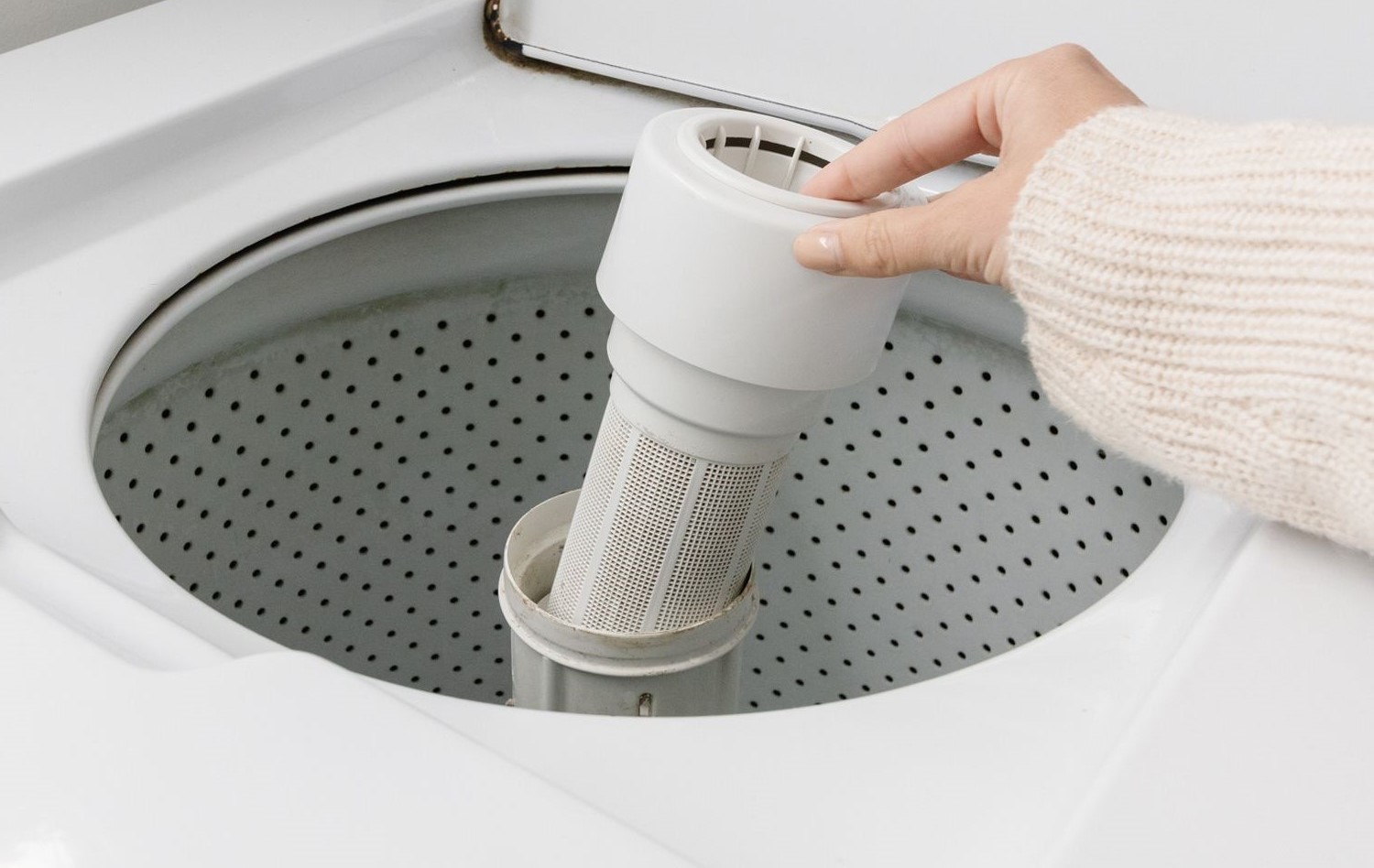
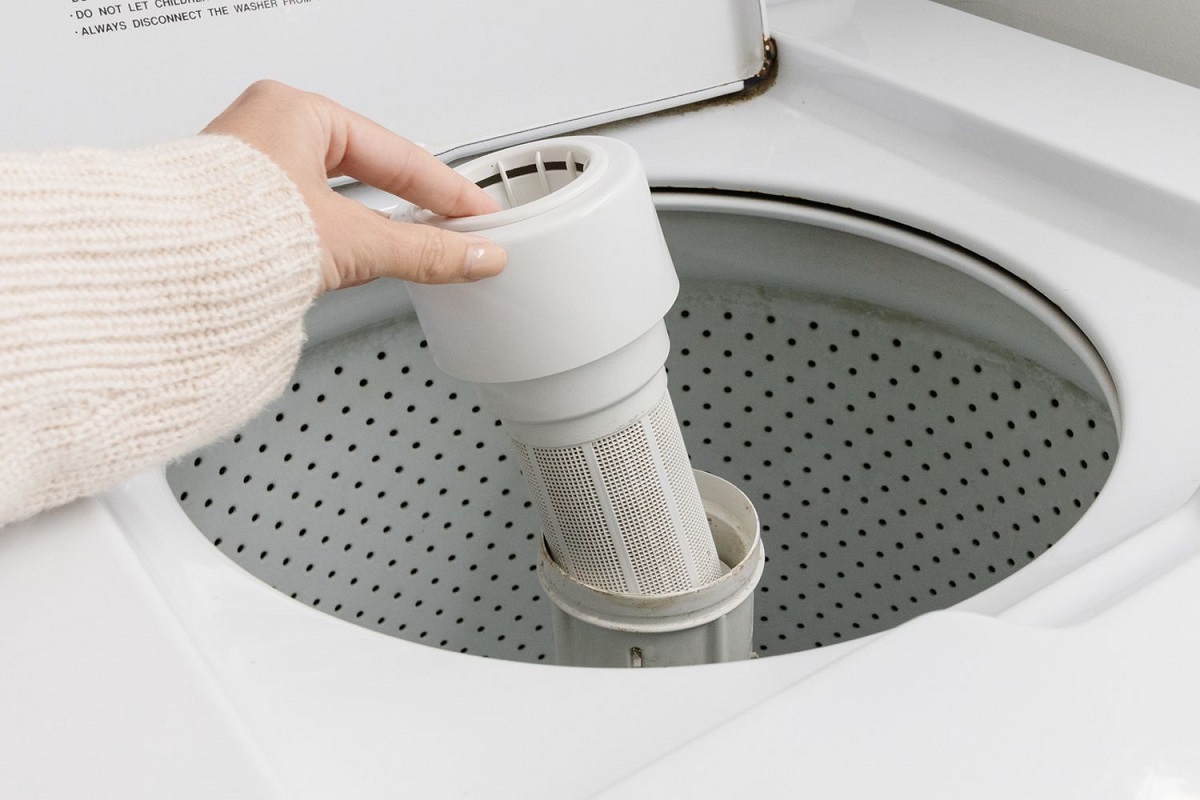
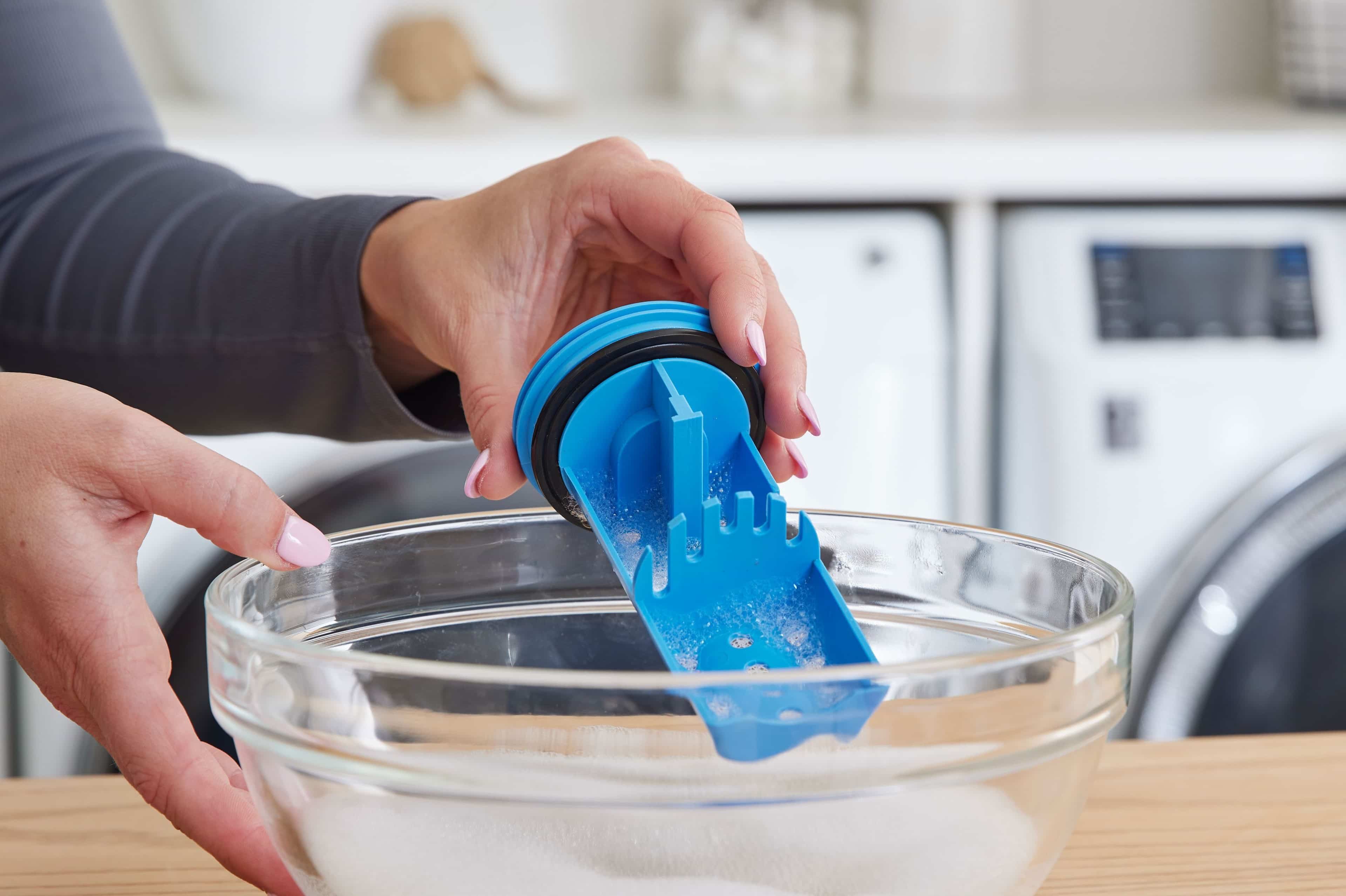
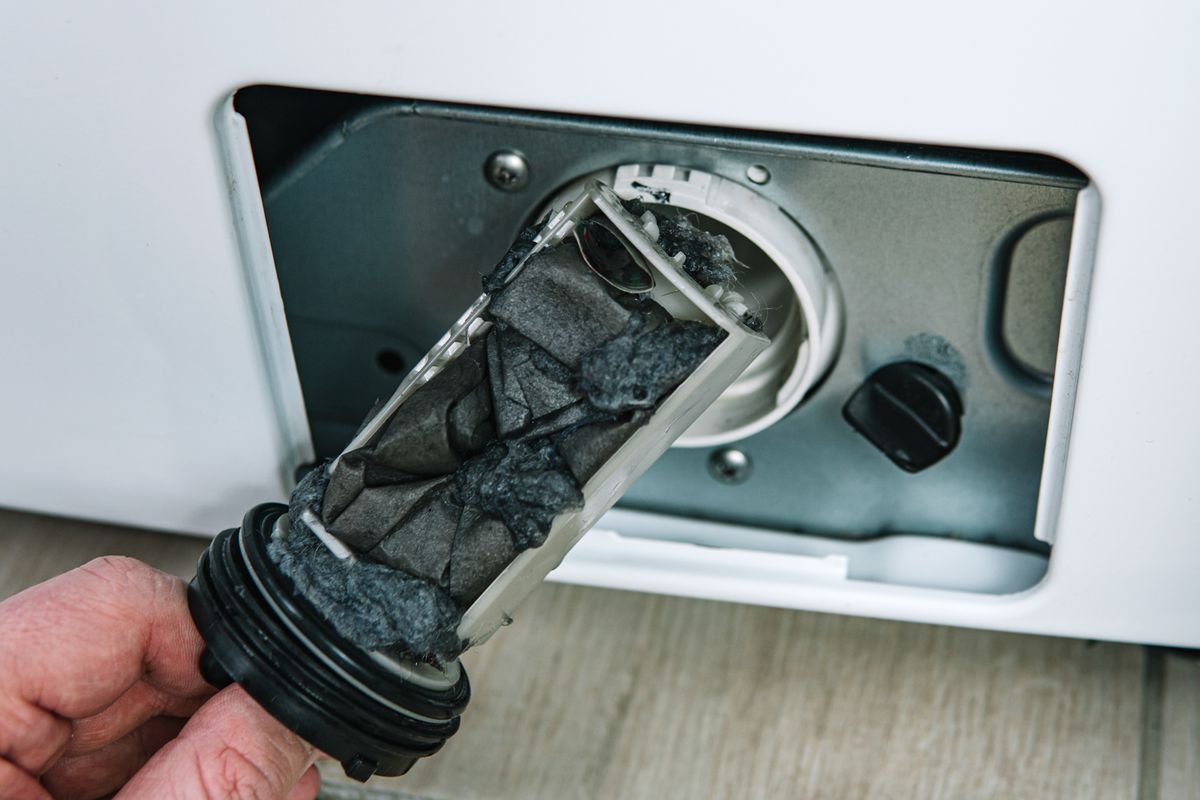
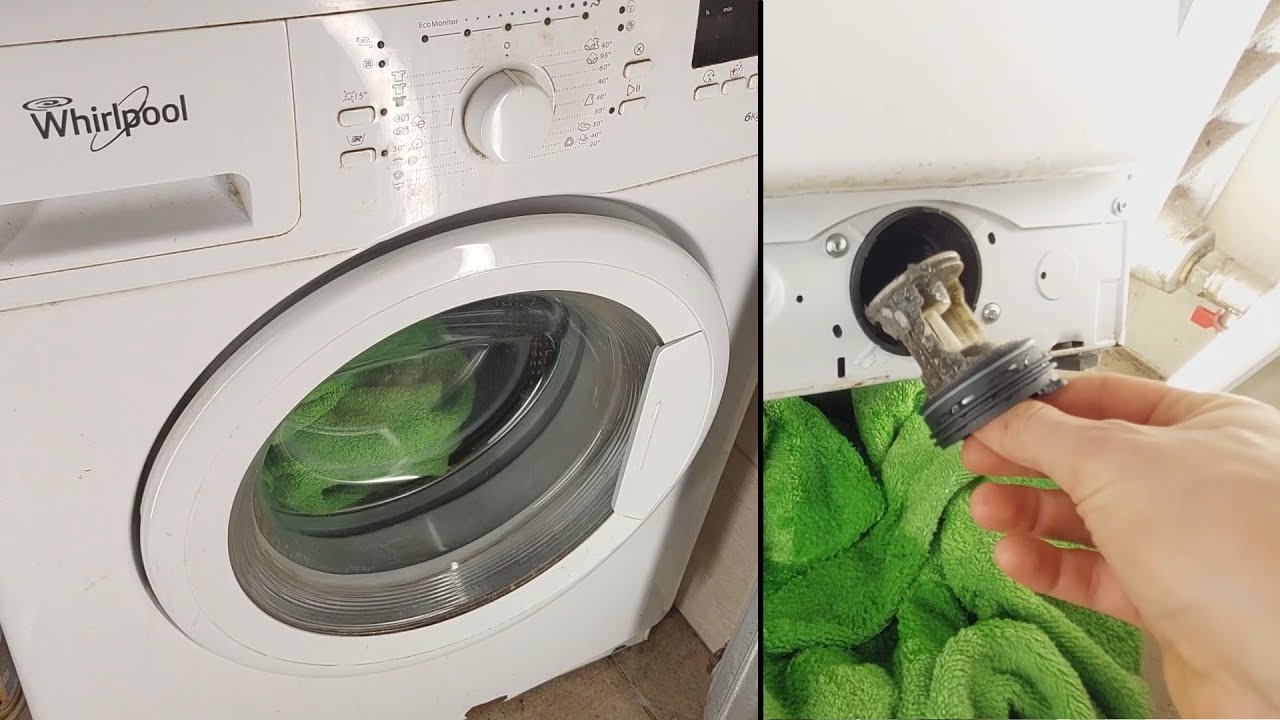
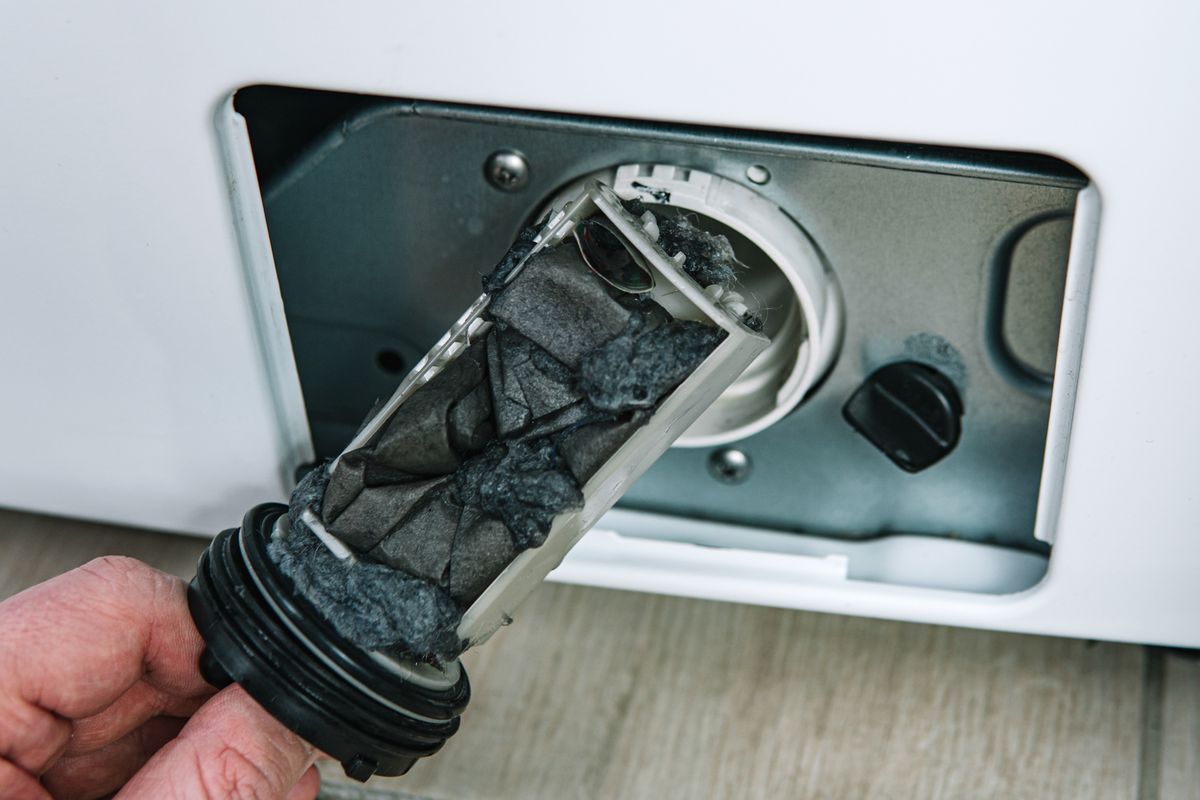
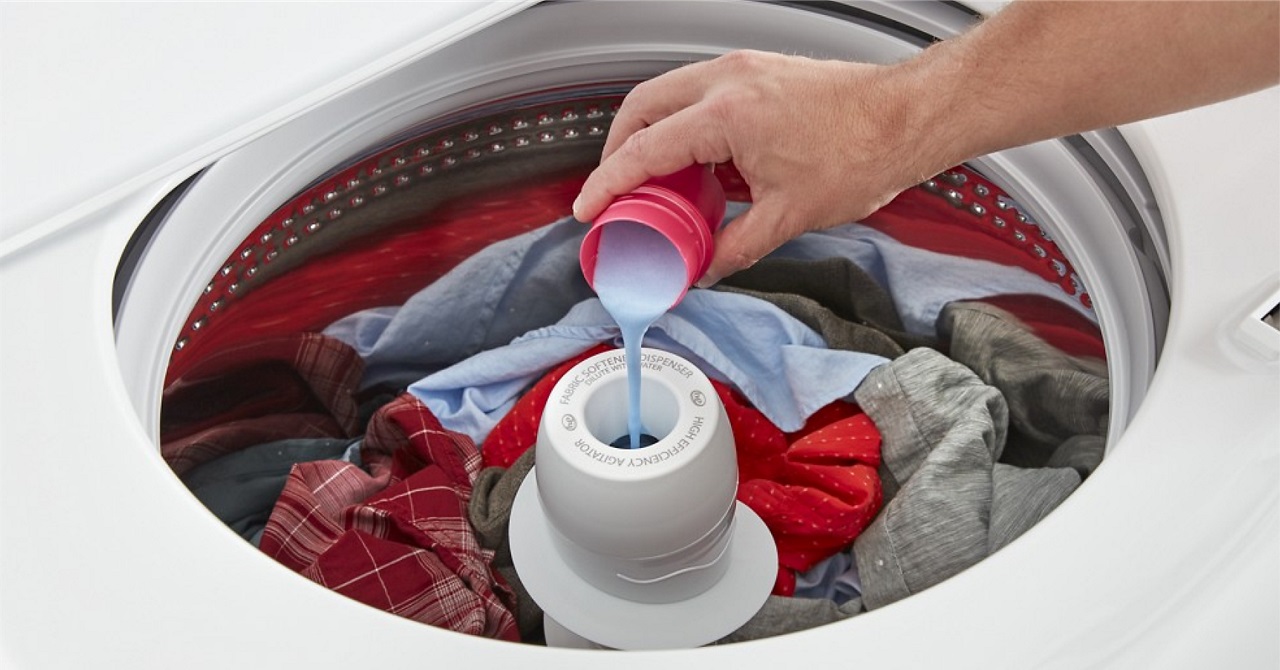

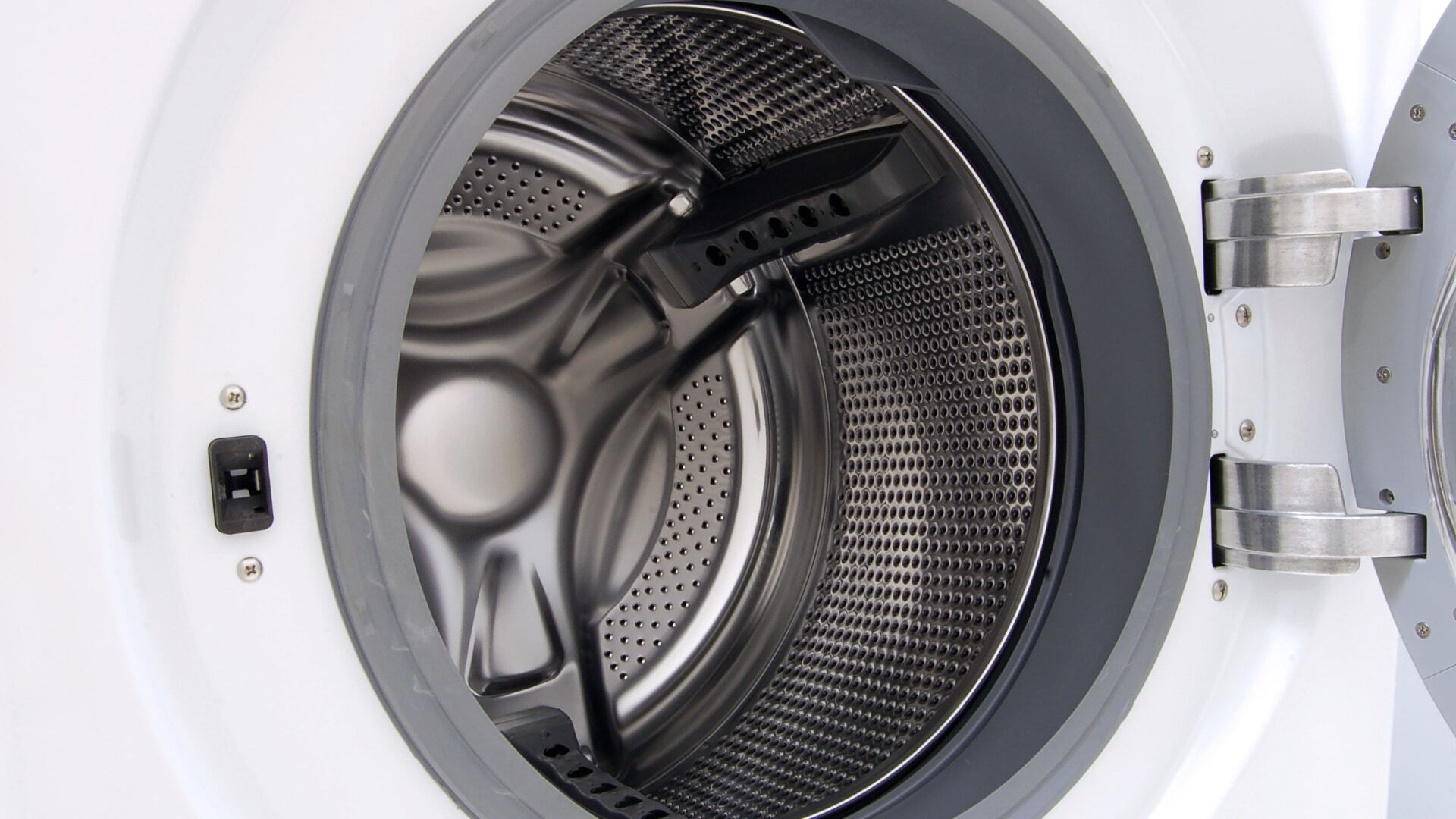
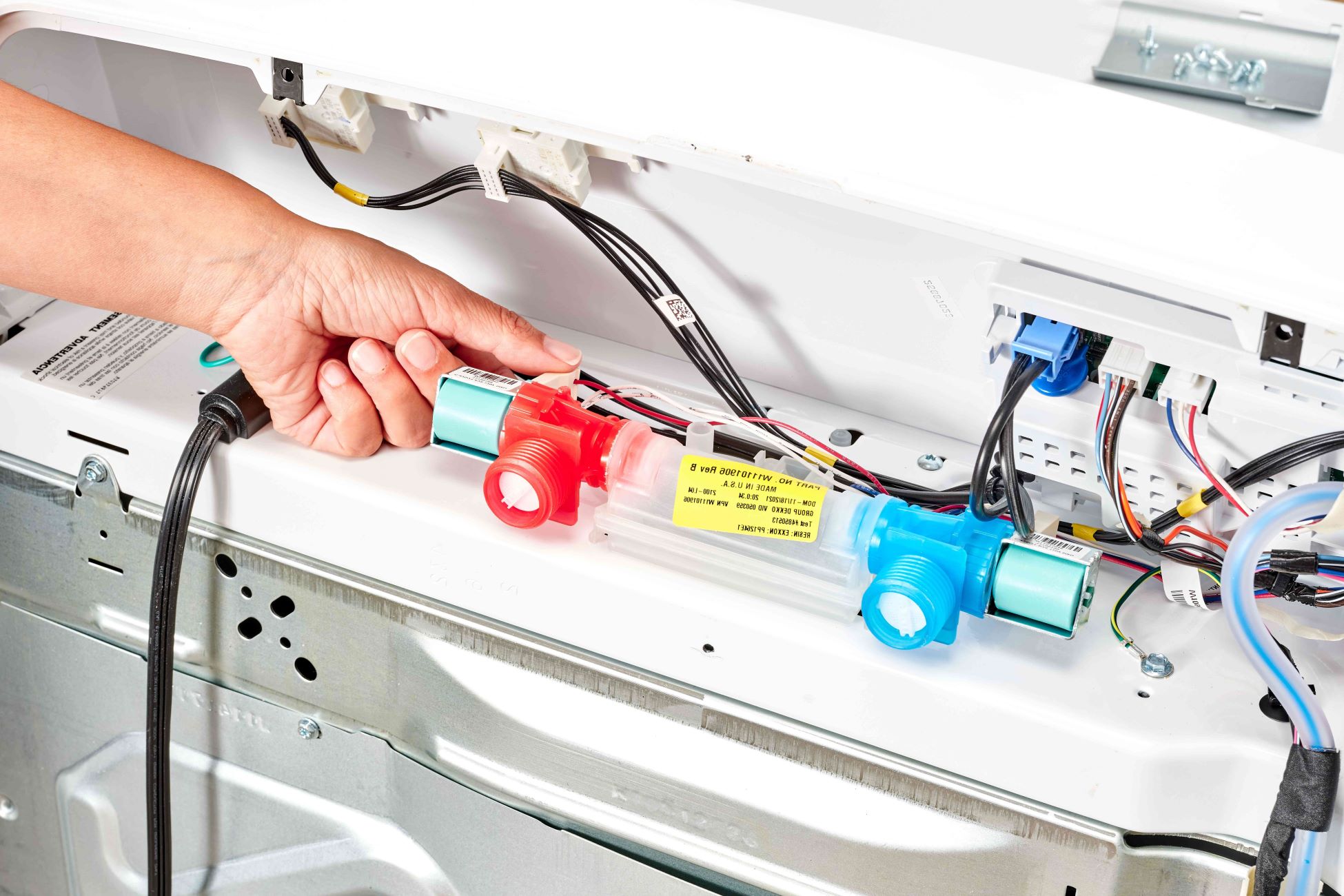
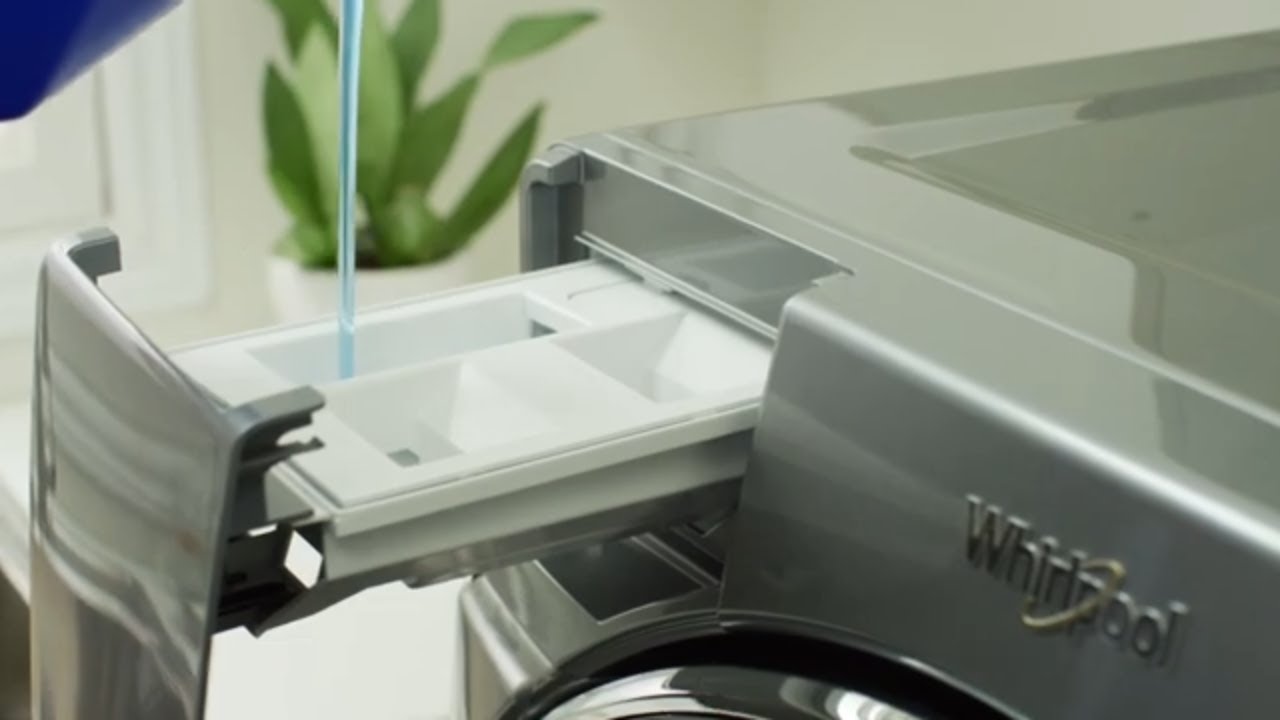
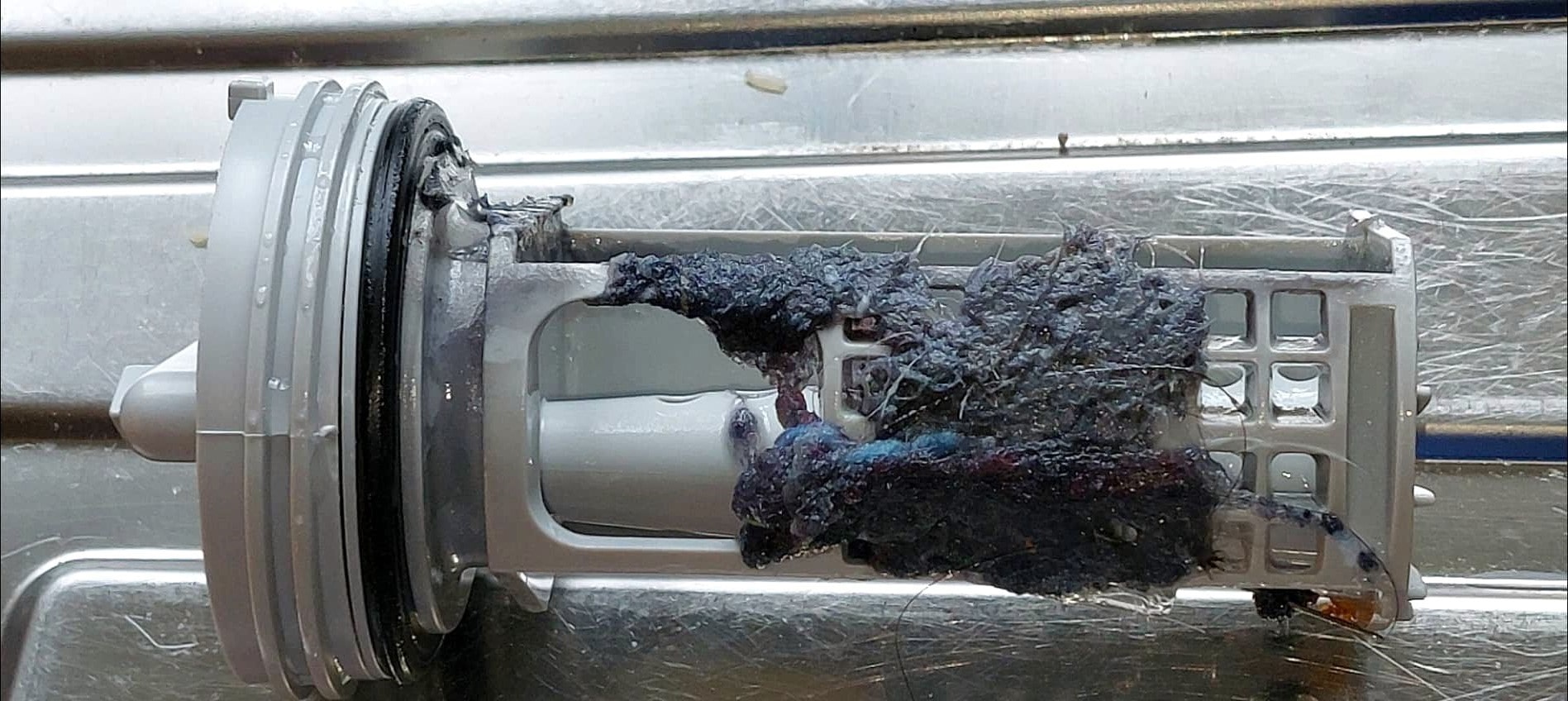
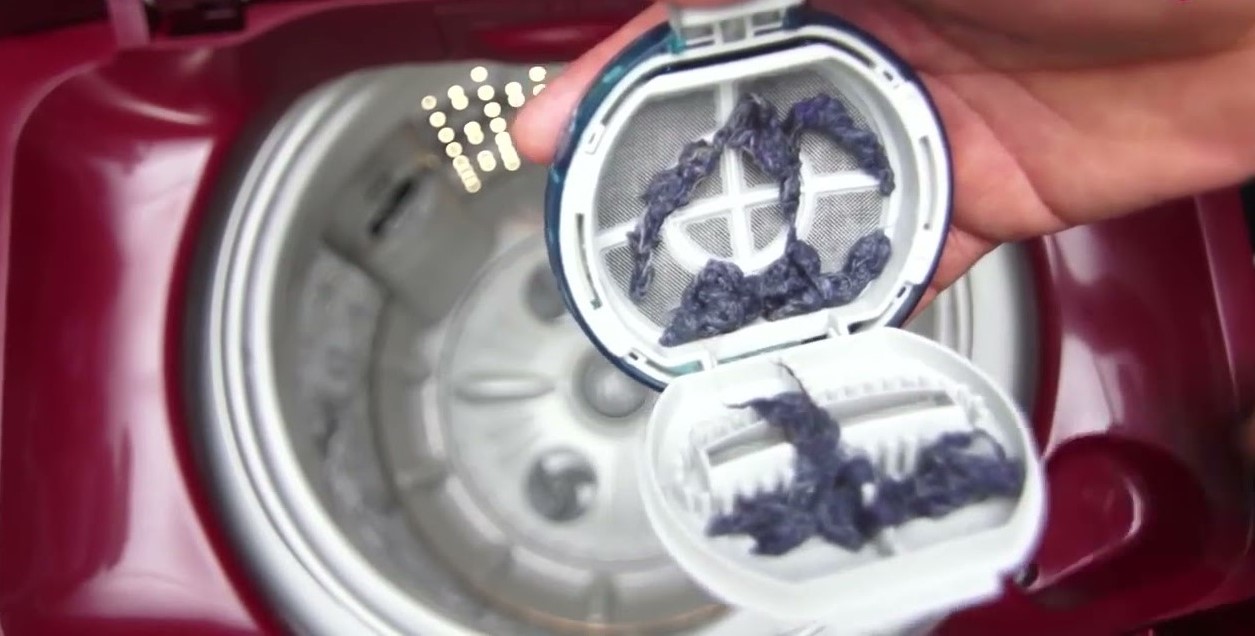
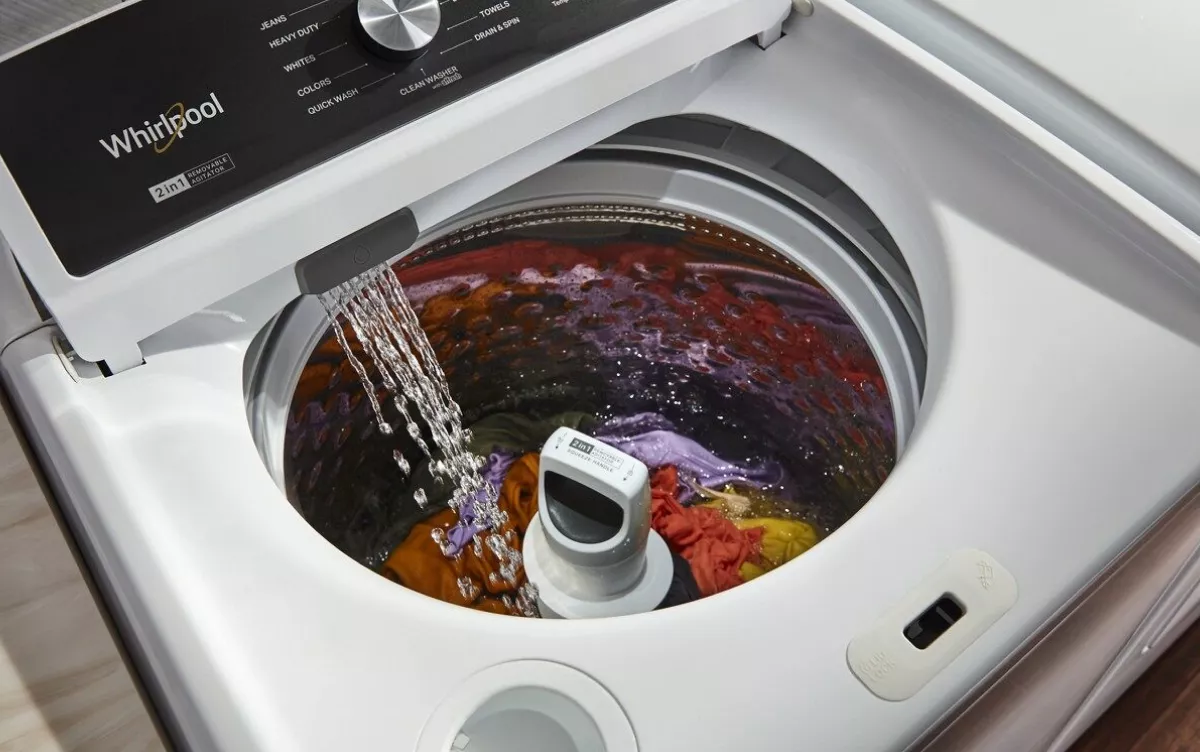

0 thoughts on “Where Is The Washing Machine Filter”